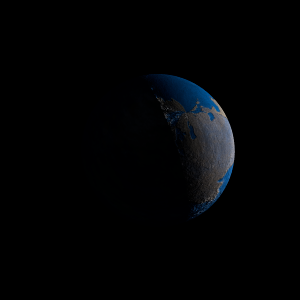|
|
Space Astro
|
Info for exoplanet "Waseka Kyago"
| Scientific (actual) data |
|---|
| Name | GJ 1018 b |
| Planet status | Confirmed |
| Planet mass | 0.00843 |
| Radius | 0.1356 |
| Orbital period | 7.39722 |
| Semi major axis | 0.0559 |
| Discovered | 2023 |
| Updated | 2023-05-11 |
| Tzero tr | 2458360 |
| Impact parameter | 0.61 |
| Temperature (kelvin) | 458 |
| Publication | Published in a refereed paper |
| Detection type | Primary Transit |
| Mass measurement type | Theoretical |
| Radius measurement type | Primary Transit |
| Alternate names | TOI-244 b |
| Star name | GJ 1018 |
| Right ascension | 10.57° |
| Declination | -36.72° |
| Mag v | 12.7 |
| Star distance | 22.075 |
| Star metallicity | -0.39 |
| Star mass | 0.427 |
| Star radius | 0.428 |
| Star sp type | M2 |
| Star age | 7 |
| Star temperature | 3433 |
| Star alternate names | TOI-244 |
| Wikipedia article | GJ 1018 b |
Back
| |
| Fictional info (?) |
|---|
| Suggested name | Waseka Kyago |
| Planet type | Warm planet |
| The polar regions are constantly below 270°K (-3°C). |
| Atmosphere | 2H2O | 99% |
| Atmospheric pressure | 90 bar |
 |
| No known satellites |
| Google search for Waseka kyago |
|
Website by Joachim Michaelis
|
|
|
|